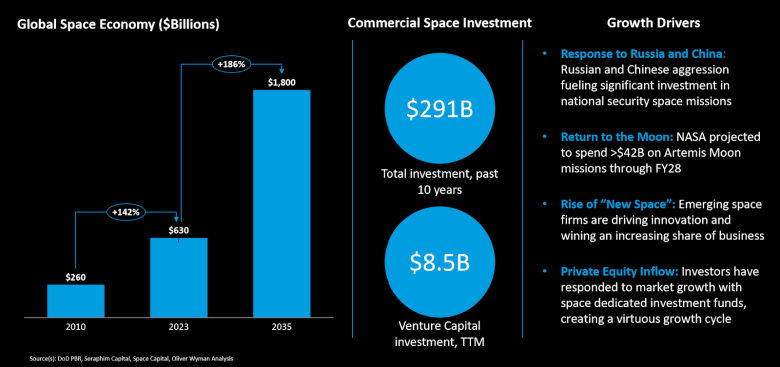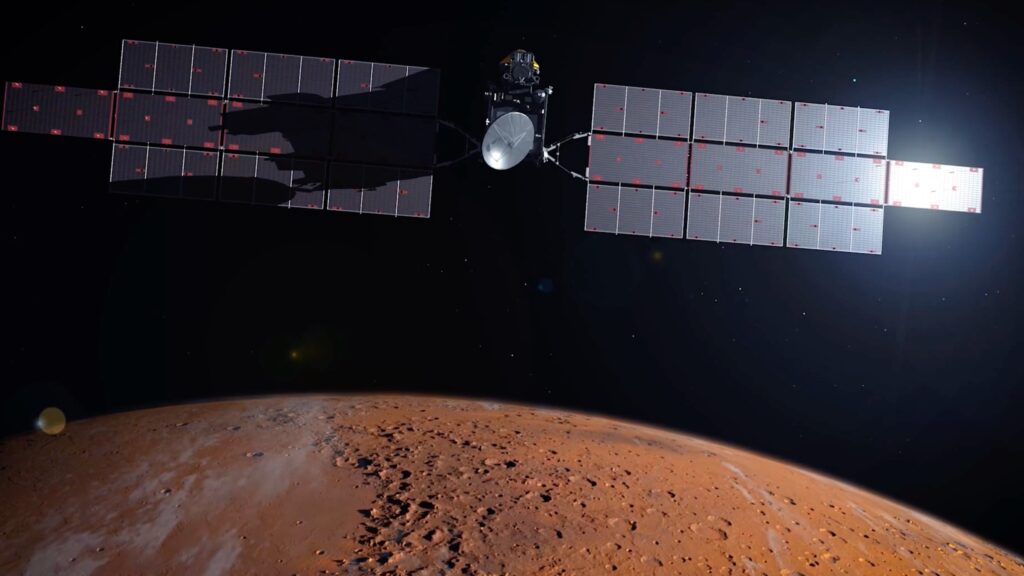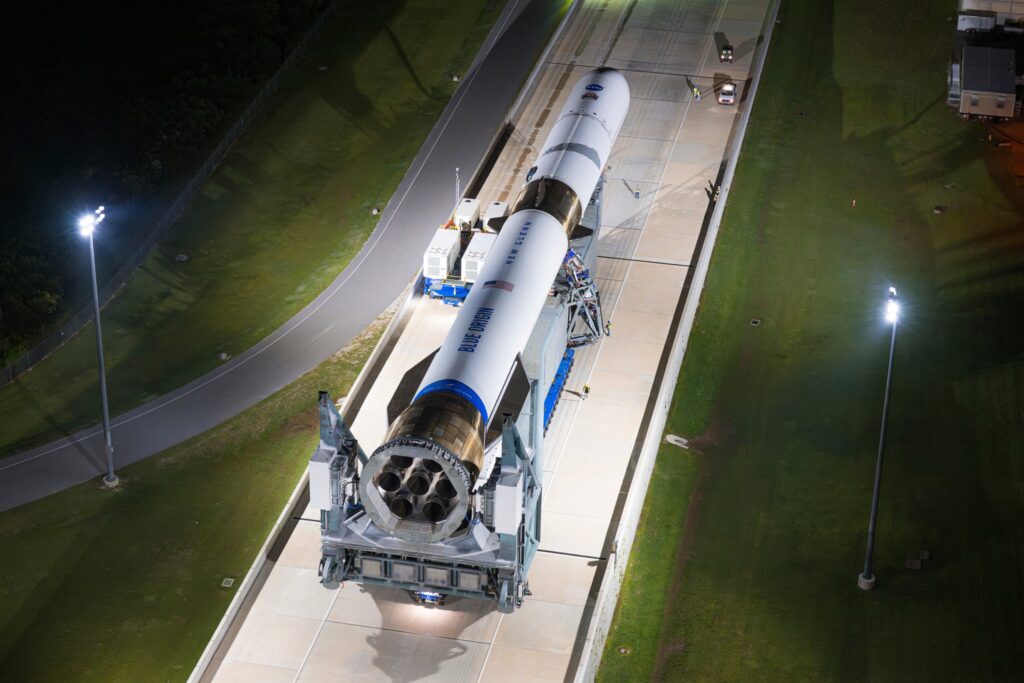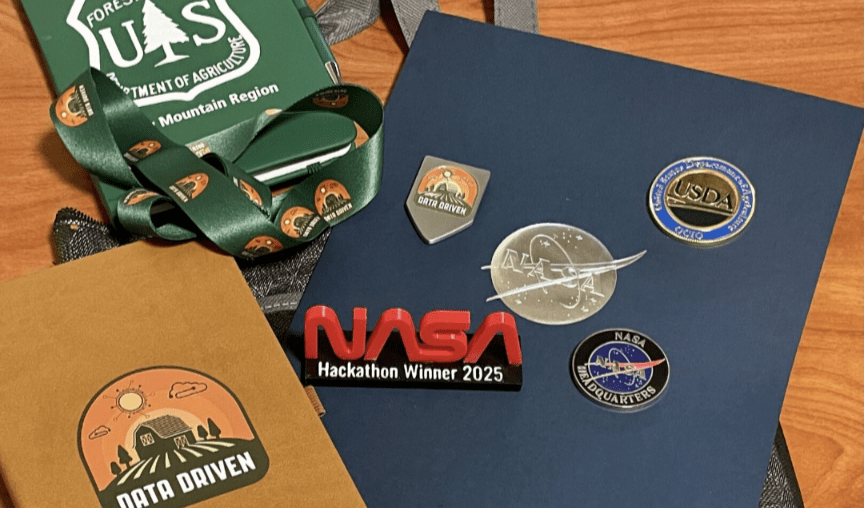Now Reading: Space sponsorship: the next frontier for revenue generation
-
01
Space sponsorship: the next frontier for revenue generation
Space sponsorship: the next frontier for revenue generation

As a new era of space exploration and development unfolds — one with far more private-sector investment and leadership — the potential for rapid growth is promising. National security, deep space exploration, and a plethora of emerging commercial applications are driving up global space sector revenue, projected to reach $1.8 trillion by 2035 versus $600 billion in 2023.
Yet many new space companies find themselves grappling with the harsh realities of protracted development cycles and an austere fundraising environment. Consequently, nearly every publicly traded new space venture is operating at a loss, pouring considerable resources into the development of next-generation solutions but often missing growth targets. It is a phenomenon that is starting to eat into the flow of new capital. To help bridge the so-called valley of death that too often stands in the way of novel technologies progressing to commercial scale, space companies need to identify new revenue streams.
The space sector should consider taking a page out of the sports industry playbook by establishing corporate sponsorships that can bring in billions with minimal outlay. The sports industry generated a staggering $90 billion in sponsorship revenue in 2024, showcasing the potential of this lucrative, high-margin revenue source that has remained largely untapped by space companies.
The similarities between space and sports
But can the space industry truly attract the right sponsorship partners and replicate the sports experience? One thing space and sports have in common is their ability to attract viewers. The Apollo mission to the moon in 1969 captured global attention like nothing before, with around 650 million people tuning into the live television broadcast of Neil Armstrong’s historic first steps on the moon. This monumental event unfolded in a pre-internet and social media era, underscoring the immense public fascination with space exploration. But as human spaceflight became less novel, the fascination with the space industry faded, as major programs faced delays and the pioneering ambition of early missions gave way to seemingly routine low Earth orbit missions to the International Space Station.
Enter the era of new space — a private-sector-driven space race that is reigniting public interest in the cosmos. Visionary companies are pushing the boundaries of innovation and ambition and recapturing the public’s imagination with groundbreaking technology. Global government investment is rising, and with it, so too is audience size. For instance, close to 79 million viewers watched India’s moon landing. Imagine what attention the first woman to land on the moon might garner. If it were to replicate Armstrong’s moon walk, which attracted 18% of 1969’s global population, it would reach in the neighborhood of 1.7 billion viewers.
Space sponsorship history
Commercial sponsorships in space are not entirely new. Pepsi shelled out $5 million in 1996 for a Russian cosmonaut to float a four-foot-tall replica of a Pepsi can during a spacewalk, and Pizza Hut paid $1 million to have its logo emblazoned on a Russian rocket. More recently, Intuitive Machines partnered with the outdoor apparel company Columbia to promote the company’s active-gear insulation on IM’s two lunar lander missions.
These examples were primarily opportunistic in nature, with company sponsors approaching the space industry about a potential collaboration. This raises a compelling question: What value could be created if space companies develop strategies to proactively pursue sponsorships?
The size of the global sponsorship market has been driven historically by the number of eyes on a brand and the amount paid for that exposure. The relentless drive for brand visibility and differentiation has led marketing teams to forge partnerships with companies that offer large-scale consumer access, particularly in the realm of broad appeal sporting events. The growing interest in space and its natural alignment with high-performance markets present an expanding audience for marketers to pursue.
What sports sponsorships look like
Using sports sponsorship deals as a benchmark for what companies are willing to spend to access relevant audiences, we can estimate a rate of about 2.5 to four cents per viewer. This could translate into a potential value of $25 million to $40 million from one sponsor for a single event that attracts one billion viewers to $50 million to $80 million with two billion viewers. That revenue could be multiplied by having more than one sponsor, which would be expected for big events like the first woman to walk on the moon or eventually the first human to visit Mars.
If pursued systematically, mimicking sports, the market for space sponsorship could exceed $10 billion annually by 2030, even if the sector only captures close to 1% of related industry marketing spend. While $10 billion may not dramatically expand the overall space market, it could also generate an additional $9 billion in industry margin contribution, representing a nearly 15% increase in current margins.
But there is more to sponsorship than monetary gains. Sponsorship provides both tangible and intangible benefits. Tangible benefits include various monetization avenues for space viewership, such as direct sponsorship revenue, merchandising and in-kind supplier contributions. Intangible benefits can enhance long-term revenue through reinforced brand identity, broader mission reach, co-branding uplift, employee engagement opportunities and exclusive media access. While challenging to quantify in the short term, these intangible benefits can easily surpass tangible sponsorship-derived value.
To maximize the potential of sponsorship, space companies must adopt a bold and comprehensive strategy. Rather than simply selling advertising rights to the highest bidder, they should reframe sponsorship as a partnership ecosystem. This approach allows companies to shift the value proposition from mere logo visibility to broader brand equity, expand monetization channels and broaden branding to encompass the entire journey and mission of the company.
Drawing an analogy from sport, the sponsorship portfolio may include one partner from sporting goods and apparel, another from travel, a third representing food and beverage and yet another for payment processing. Building an overarching narrative for the ecosystem can help create a “halo effect” for brands, allowing for precise brand fit with sub-categories of consumers and fostering a broader belief system for consumer engagement.
Seven defining questions for space companies
Before embarking on the sponsorship journey, space companies must ask themselves seven critical questions:
- What is the driving force behind the development of sponsorships, and what will success look like? Should there be a specific revenue target or cash-generation goal?
- Does the company have well-defined values and a mission that will resonate with partners in B2C markets?
- What should the overarching narrative be for the new partnership ecosystem, and which industries align best with that narrative?
- What type of company, or which companies, could contribute most to a sponsorship partnership?
- Before pursuing sponsors, should the space company establish red lines for the type of sponsor prospects that could hurt its brand?
- Does the company have the right resources to execute a sponsorship strategy?
- How should the audience opportunity be pitched and packaged to maximize sponsorship value?
As the space industry continues to evolve, the potential for commercial partnerships represents a monumental opportunity for high-margin revenue. By strategically aligning with brands, and crafting compelling narratives, space companies can not only strengthen their financial position but also help fuel public interest in space exploration. The next frontier in space may very well be the partnerships forged on Earth. The opportunity is calling — will industry answer?
Andrew Penn is a Principal in Oliver Wyman’s ADG and Private Capital Practice areas. A trusted advisor in the space sector, his work spans the space value-chain from launch and spacecraft manufacturing, to satellite operations, managed services and data analytics. Over the course of his career he has led nearly 200 engagements ranging from market growth/entry strategies and adjacent market studies to joint venture standups, organizational restructurings and numerous M&A transactions, including the two largest space take-privates of the decade: Inmarsat and Maxar Technologies.
Tony Simpson is a Partner and the Sport and Entertainment Lead at Oliver Wyman. He also serves as a Partner in the firm’s Global Communication, Media and Technology practice. He has advised many of the world’s leading sports organizations, federations and investment groups on subjects ranging from international expansion, commercial sustainability, the governance and policies needed to embrace and succeed in a digital and rapidly changing content market and the role private equity can play across a new sport investment asset class
SpaceNews is committed to publishing our community’s diverse perspectives. Whether you’re an academic, executive, engineer or even just a concerned citizen of the cosmos, send your arguments and viewpoints to opinion@spacenews.com to be considered for publication online or in our next magazine. The perspectives shared in these op-eds are solely those of the authors.
Stay Informed With the Latest & Most Important News
Previous Post
Next Post
-
 01From Polymerization-Enabled Folding and Assembly to Chemical Evolution: Key Processes for Emergence of Functional Polymers in the Origin of Life
01From Polymerization-Enabled Folding and Assembly to Chemical Evolution: Key Processes for Emergence of Functional Polymers in the Origin of Life -
 02Panasonic Leica Summilux DG 15mm f/1.7 ASPH review
02Panasonic Leica Summilux DG 15mm f/1.7 ASPH review -
 03How New NASA, India Earth Satellite NISAR Will See Earth
03How New NASA, India Earth Satellite NISAR Will See Earth -
 04And Thus Begins A New Year For Life On Earth
04And Thus Begins A New Year For Life On Earth -
 05Astronomy Activation Ambassadors: A New Era
05Astronomy Activation Ambassadors: A New Era -
06SpaceX launch surge helps set new global launch record in 2024
-
 07Two Black Holes Observed Circling Each Other for the First Time
07Two Black Holes Observed Circling Each Other for the First Time
























